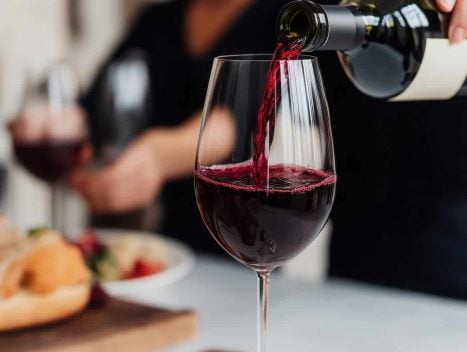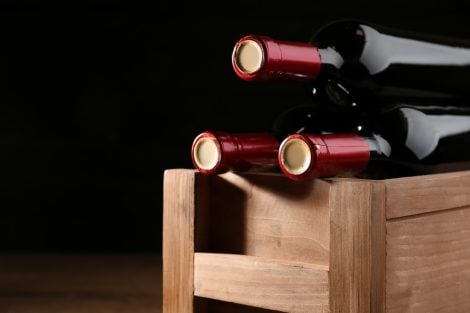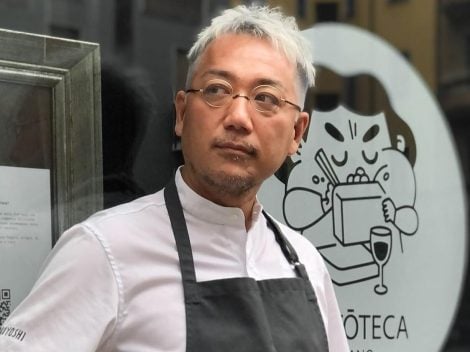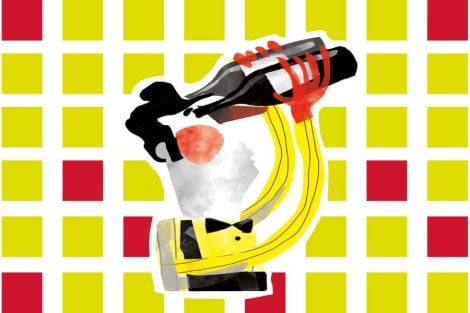The origin of the Romagna-style piadina
"The national food of the people of Romagna", so described Giovanni Pascoli the piadina – or piada – in the margin notes of his Nuovi Poemetti (1909). This speciality is indeed widespread on the Romagna menus in a thousand variations: in the areas of Cesena, Forlì and Ravenna it is thick and soft, while in the Rimini area it is thin and slightly larger. As often happens, its origins are lost in the mists of time: the first official documents date back to 1371, when Cardinal Anglico de Grimoard mentioned it in his Descriptio Romandiolae, but it seems that similar dishes were already in use among the Romans. The name derives from the Latin plàdena, meaning a long, narrow dish. According to the recipe by the Mariette of Casa Artusi (an association inspired by Marietta Sabatini, Artusi’s cook and housekeeper) you need flour, water, lard, salt and a little yeast or two or three pinches of baking soda to make the piadina. It is a PGI product, also in the Rimini-style version, flaky and slightly thicker than the Riccione-style one.
Romagna-style piadina varieties
Most of the local varieties are stuffed after cooking, usually with raw ham, rocket and squacquerone cheese or local cured meat. In other cases, the filling is prepared beforehand in a cast iron pan: one of these is the crescione, also called cassone or cascione, not to be confused with the crescione of Marche. It is so called because of its original filling, made from erba crescione (watercress), sautéed in a pan with garlic and onion; today it can be found with various, almost all plant-based fillings such as chard or spinach (in the Rimini area, on the other hand, young poppies are used for the filling). Another popular version is the one from Forlì, known as piadina della Madonna del fuoco: a flat, anise-flavoured sweet flatbread, prepared for the patronal feast.
Tips for the perfect homemade piadina
Whatever type of piadina you choose, it is the ultimate quick meal on days when you are in a hurry and have no time to cook. Preparing it at home, however, is not easy at all and requires undivided attention, as confirmed by the manager of Kalamaro Piadinaro in Riccione. He also specifies that each area has its own variation, "ours is particularly thin, and the lard is a major ingredient here". But that's not all: the real secret lies in the cooking process, "we use hot plates and irons, which are then placed on the piadina to make it flaky, our strong suit". Recreating it at home is not easy, "however, I can advise to choose the right percentage of lard, making a few attempts. You have to get to the perfect balance to have a signature piadina". And then hot plates and good flours, "we use all-purpose flour with 10% of whole grain flour".
Romagna-style piadina: lard-free recipe
An outrage for the people of Romagna, it is the only solution for vegetarians and vegans: the piadina with extra virgin olive oil. Although lard is the most suitable ingredient for making piadina, you can replace it with olive oil (we do not recommend other plant-based alternatives such as margarine). Mix 400 grams of flour and 200 ml of warm water, add a pinch of salt, a pinch of baking soda (or yeast) and about 20 ml of good-quality olive oil. Then proceed with the usual method: knead the dough, roll the flatbread out very thin and cook it in a pan without adding fat. Once it’s puffed up, turn it over and cook on the other side.

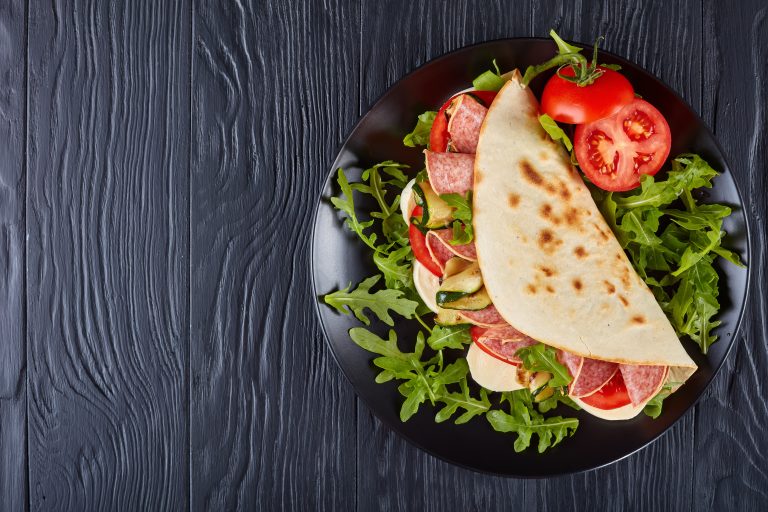
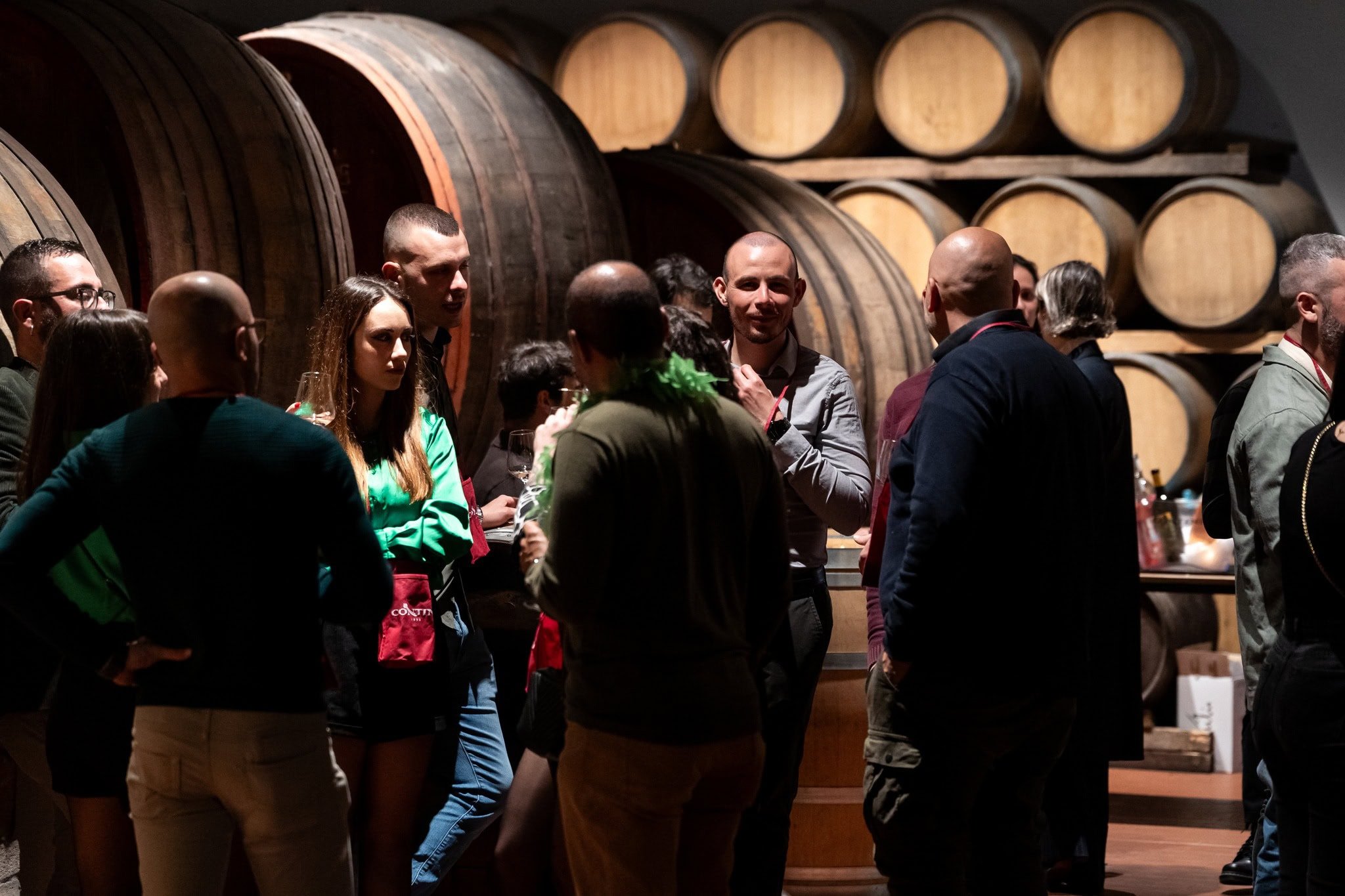 Here are ten Rare Wines you absolutely must try
Here are ten Rare Wines you absolutely must try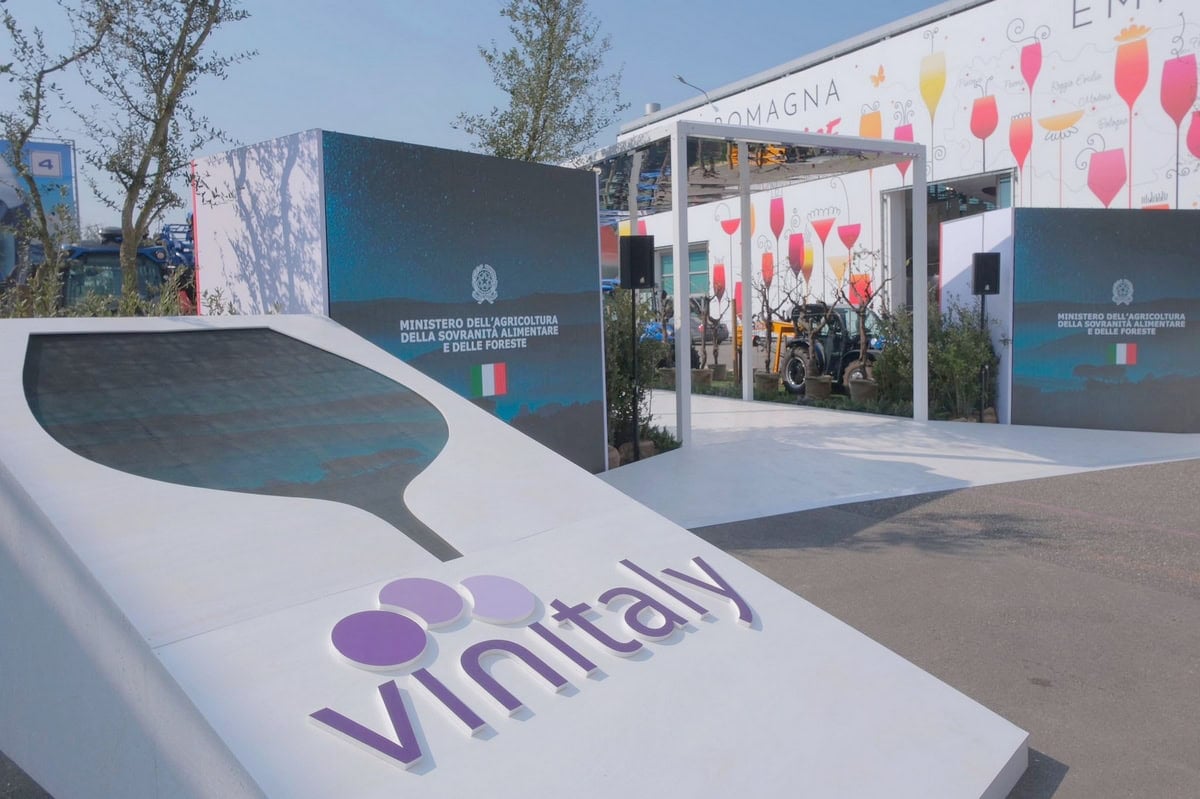 The “Tariff Vinitaly” closes with 97,000 attendees: one third from abroad. See you on 12 April 2026
The “Tariff Vinitaly” closes with 97,000 attendees: one third from abroad. See you on 12 April 2026 Trump “freezes” tariffs for 90 days. UIV: “Now work towards zero tariffs on wine too”
Trump “freezes” tariffs for 90 days. UIV: “Now work towards zero tariffs on wine too” Dealcoholised wines, everyone halt: production in Italy is blocked until 2026
Dealcoholised wines, everyone halt: production in Italy is blocked until 2026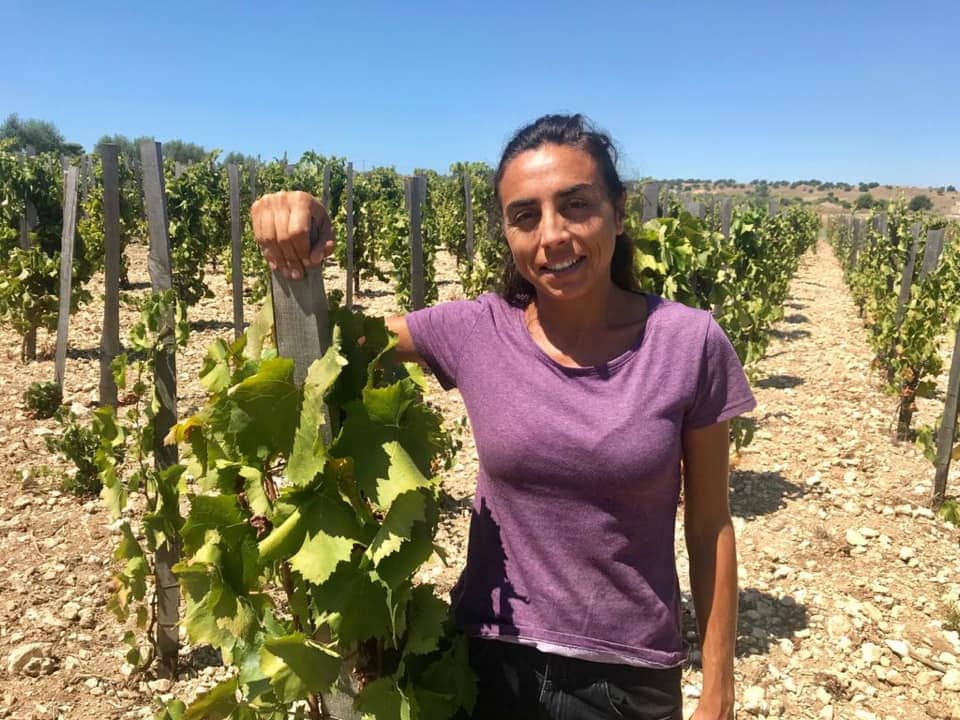 Arianna Occhipinti surprises everyone and returns to Verona: "There are too many natural wine fairs, and they’re too scattered"
Arianna Occhipinti surprises everyone and returns to Verona: "There are too many natural wine fairs, and they’re too scattered"